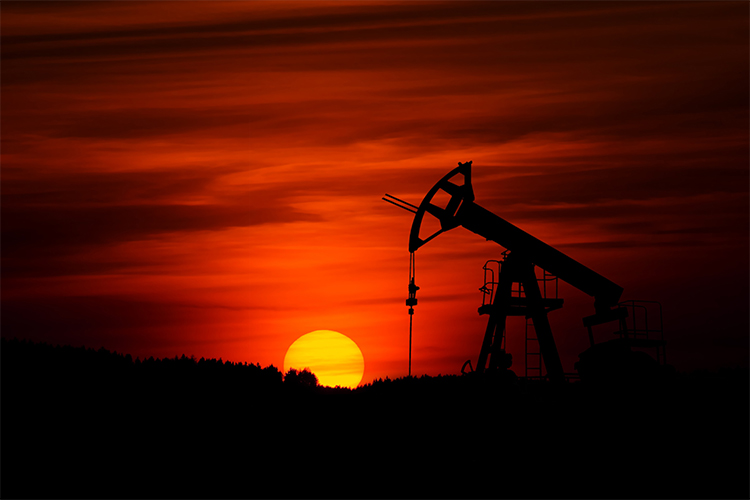
The value of the fossil fuels industry only worsens the issue of climate change. photo by Zbynek Burival
When it comes to climate change, many believers and skeptics are losing sight of the reason for the debate: the pain that changing weather is inflicting on people around the world.
Whether or not you believe in the scientific validity of climate change, global warming, whatever you choose to call it, there is undeniable evidence of an increase of the frequency and intensity of natural disasters. According to the National Centers for Environmental Information, natural disasters caused more than $300 billion worth of damage in the United States in 2017 alone. That lofty number starkly contrasts the mere $50 billion worth of damage caused by natural disasters in 2016, a sixfold increase in destruction resulting from only one year of time passing. And this isn’t just a stroke of bad luck, the numbers have been steadily increasing for the past century and a half. Often times the debate over the economic and political implications of climate change overshadow the conversation that needs to happen, focusing on how to prevent disasters like these from becoming more commonplace.
At a very basic level, climate change refers to the steady increase of average temperatures across the planet. The debate revolves around the human involvement in this trend and whether or not we are capable of having such a huge effect on our planet. According to the National Aeronautics and Space Administration (NASA), the increase stems from the ever increasing concentration of greenhouse gases in the atmosphere, the main contributor of which is carbon dioxide. Carbon dioxide is naturally produced by decomposition, ocean release, and cellular respiration. The amount produced by these processes far outweighs the amount humans produce, even today, but the naturally produced excess gases are equally filtered out of the air through carbon sinks. Modern society has upset the balance of carbon dioxide in the atmosphere that the environment previously regulated, and in doing so, the incidents of inclement weather that cause devastating damage have increased.
Since the Industrial Revolution, humans have globally increased the accumulation of carbon dioxide in the atmosphere by a third of what it was before we began burning fossil fuels. This surplus of greenhouse gases prevents solar radiation from leaving the atmosphere after reflecting off of the Earth’s surface, trapping in heat. With the increase of temperature comes many side effects, meaning the result is not an international hot spell: as evaporation and precipitation occur at faster rates, some areas may become warmer and dryer, while others may see higher levels of precipitation and cooler periods.
The United States saw a huge increase in natural disasters and their intensity, but in many cases the biggest contributors to the problem, such as North American countries and China, aren’t the ones facing its consequences as heavily. As climates warm, the polar ice caps melt at an accelerated rate, causing sea levels to rise; additionally warmer water occupies more space than cooler water, further encroaching on landmass. Many indigenous coastal cities around the world are already being pushed further and further inland as their homes are overwhelmed by an ever-rising tide. Examples of this are can be seen in many villages in southern Bangladesh, most of which have fallen victim to erosion as the country saw record rainfall and flooding last year. Some of the communities living on the coasts have already lost homes to the ocean, forcing them to rebuild or move to a new area entirely.
Society must change its ways in order to curb the losses starting to occur across the globe. The Paris Climate Agreement, hoping to bring global temperatures within 2.7℉ above what they were before industrial times by 2040, seeks to have involved countries dramatically reduce their carbon emissions. One of the suggestions to bring down atmospheric carbon dioxide levels is to plant forests to absorb and store the excess carbon by filtering it out of the air. Solutions like these aren’t easy, and a dramatic shift in the lifestyles of modern society will have to occur to spur this change, but it is without question necessary to prevent further implications, whether they be economic distress or the loss of human lives.